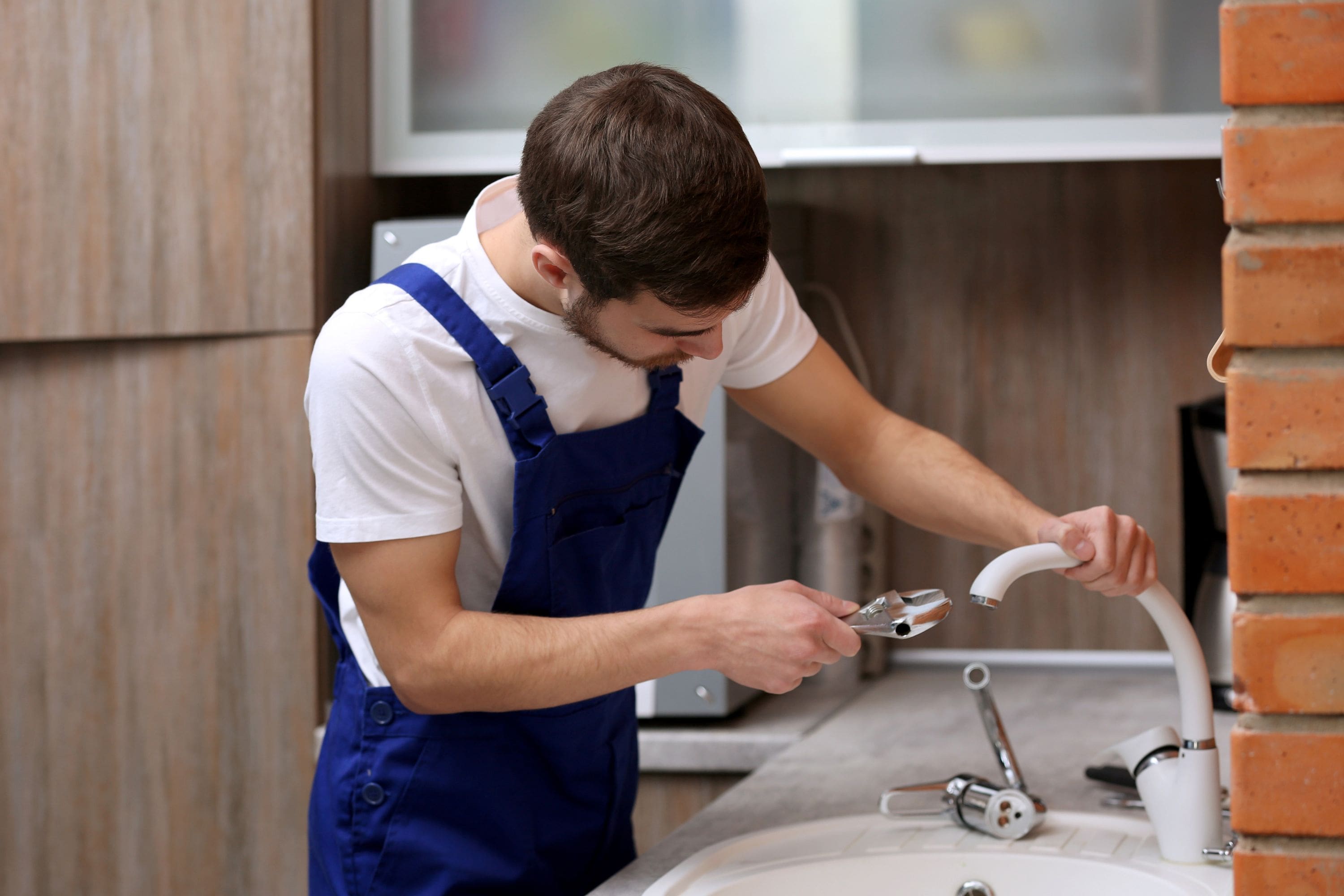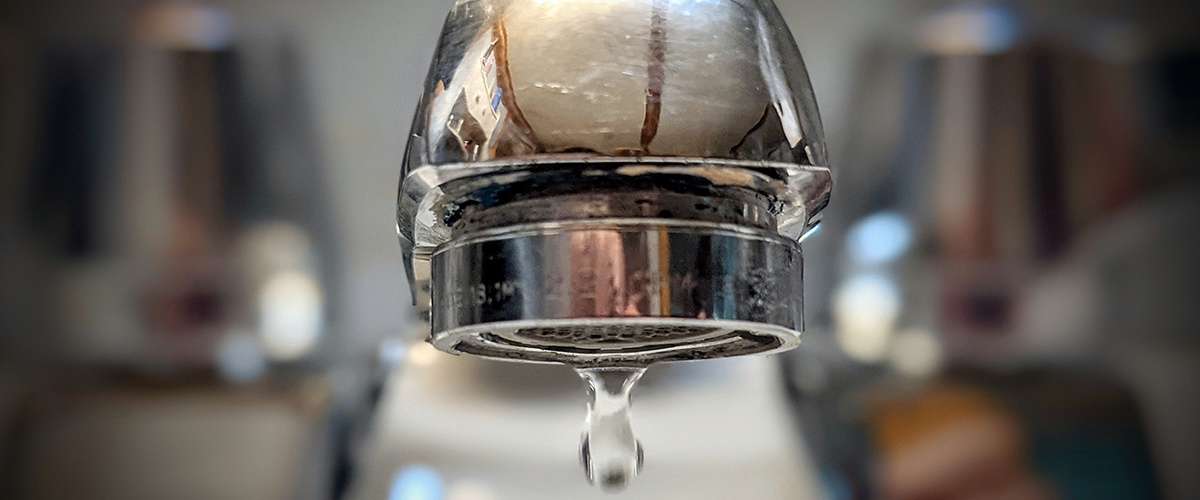Reasons Why It's Essential to Mend a Leaking Faucet
Reasons Why It's Essential to Mend a Leaking Faucet
Blog Article
Listed here underneath you can get additional helpful points around Leaky Faucets: Why They Happen & What to Do About Them.

Trickling faucets could seem like a minor aggravation, but their effect surpasses just the annoyance of the noise. From drainage to sustaining unnecessary financial expenses and wellness threats, ignoring a leaking faucet can cause numerous effects. In this article, we'll explore why it's essential to resolve this usual home problem immediately and effectively.
Wastage of Water
Environmental Influence
Leaking taps add substantially to water waste. According to the Environmental Protection Agency (EPA), a single faucet trickling at one drip per secondly can squander more than 3,000 gallons of water each year. This not just strains water sources however also influences ecological communities and wild animals based on them.
Financial Prices
Boosted Water Bills
Past the environmental impact, trickling faucets can blow up water expenses considerably. The collected wastage gradually converts into greater utility costs, which can have been avoided with prompt repair work.
Possible Residential Property Damages
Furthermore, extended trickling can lead to damage to fixtures and surface areas bordering the tap. Water accumulation can cause staining, deterioration, and even structural issues if left ignored, leading to extra repair service prices.
Wellness Problems
Mold And Mildew and Mold Development
The consistent visibility of dampness from a trickling tap develops a suitable setting for mold and mildew and mildew growth. These fungis not just jeopardize indoor air quality yet additionally present health and wellness risks, specifically for people with breathing conditions or allergic reactions.
Waterborne Illness
Stationary water in leaking faucets can come to be a breeding place for germs and other microorganisms, enhancing the threat of waterborne conditions. Impurities such as Legionella bacteria thrive in stagnant water, potentially bring about significant diseases when consumed or inhaled.
DIY vs. Specialist Repair service
Pros and Cons of Do It Yourself Fixing
While some might attempt to repair a dripping tap themselves, do it yourself repair work come with their own collection of difficulties. Without proper knowledge and devices, DIY efforts can intensify the issue or cause incomplete fixings, extending the trouble.
Benefits of Employing a Specialist Plumber
Employing a specialist plumber guarantees that the underlying source of the dripping faucet is resolved efficiently. Plumbing professionals possess the know-how and tools to diagnose and repair tap concerns efficiently, saving time and reducing the danger of more damages.
Step-by-Step Overview to Fixing a Dripping Faucet
Tools Required
Before attempting to fix a trickling tap, collect the needed devices, including an adjustable wrench, screwdrivers, substitute parts (such as washers or cartridges), and plumber's tape.
Usual Faucet Issues and Their Solutions
Recognize the type of faucet and the details issue causing the drip. Typical troubles consist of worn-out washers, rusty shutoff seats, or defective O-rings. Describe supplier instructions or online tutorials for step-by-step support on fixings.
Preventive Measures
Normal Upkeep Tips
To stop dripping faucets, perform routine maintenance such as cleaning up aerators, checking for leaks, and replacing worn-out parts quickly. Furthermore, think about setting up water-saving devices or upgrading to much more reliable components.
Relevance of Prompt Services
Addressing trickling taps as soon as they're noticed prevents more water wastefulness and prospective damage, inevitably conserving both water and money in the future.
Effect On Property Worth
Perception of Well-Maintained Home
Maintaining a residential or commercial property in good condition, consisting of dealing with upkeep problems like trickling faucets, improves its perceived value and worth among prospective customers or renters.
Impact on Resale Worth
Features with well-kept plumbing components, consisting of taps, command higher resale values in the realty market. Resolving dripping faucets can contribute to a positive perception throughout building assessments and settlements.
Ecological Duty
Specific Payment to Preservation
Taking duty for dealing with trickling taps lines up with wider efforts toward water conservation and ecological sustainability. Every person's activities jointly make a considerable effect on preserving precious sources.
Sustainable Living Practices
By prioritizing punctual repair services and embracing water-saving habits, people contribute to sustainable living techniques that benefit both existing and future generations.
Verdict
Attending to a dripping tap goes beyond plain benefit; it's a crucial step towards saving water, lowering monetary prices, and protecting wellness and residential or commercial property. Whether via do it yourself fixings or professional support, doing something about it to fix leaking taps is a tiny yet impactful way to promote accountable stewardship of sources and add to a much healthier, more sustainable future.
Most Common Reasons for a Leaky Faucet and How to Stop the Drip
Whether it’s your kitchen faucet leaking or a bathroom faucet leaking, one leaky faucet can waste anywhere from three to 30 gallons of water every single day. If the constant drip-drip-drip doesn’t get your attention, your water bill will. The good news is that, by following a few simple steps, chances are pretty good you can fix the problem yourself.
Why is it dripping?
Before you start taking things apart, let’s break down some of the most common causes of a leaky faucet.
Bad O-ring.
A cartridge is a valve that controls the flow of water into the faucet spout. On cartridge faucets there’s an O-ring—the little disc attached to the stem screw that holds the faucet handle in place. If it’s loose or worn-out, it can cause your sink handle to leak. Of course, the cartridge itself could be worn out. If that’s the case, make sure you replace it with the exact same kind.
Corroded valve seat.
The valve seat connects the faucet and the spout. If the leak seems to be coming from the spout, it might be because a buildup of water sediment has corroded the valve seat.
Worn-out washers or seals.
A leaky spout could be caused by a bad washer that rests against the valve seat. It’s just a matter of time before friction takes its toll. It could also be the wrong size washer or one that’s been installed incorrectly. Water sediments can also corrode inlet and outlet seals.
Water pressure.
If the faucet only drips now and then, or when you turn the handles a certain way, you should probably check your home’s water pressure.
Loose or broken parts.
The adjusting ring and packing nuts in the stream screw can become loose over time, causing your sink handle to leak. Try tightening or replacing the packing nut. If the leak is coming from the pipes underneath the sink, you probably have a broken pipe or fitting. If that’s the case, you should definitely call a plumber.
Know your faucet.
Faucets come in a variety of types. Each one has its own assembly—and its own possible causes of leaks. Learning about the four most common kinds of faucets will help you know how to take them apart and make any repairs.
How to stop a leaky faucet
Fixing that leaky faucet doesn’t have to take a lot of time, money, or expertise. It’s usually a simple matter of replacing a worn-out washer or gasket, a loose O ring, or another part. Chances are really good you can do this yourself if you follow these simple steps.
Shut off the water.
Before you tackle the faucet, cut off the water supply to the sink. There should be one valve for hot and one for cold. Hand-turn them clockwise with your hands till they close. If there are no valves under the sink, head to the basement and shut off the main water supply to the house. Then turn on the faucet until it empties out the water that’s still in the line and you’re ready to start. It’s a good idea to cover the sink drain with a plug or a rag so you don’t lose any small pieces and parts while you’re working.

I hope you enjoyed reading our excerpt about 4 Common Reasons for a Leaky Faucet. Thank you for finding the time to read our short article. Remember to take a moment to promote this content if you enjoyed reading it. Thanks for taking the time to read it.
Report this page